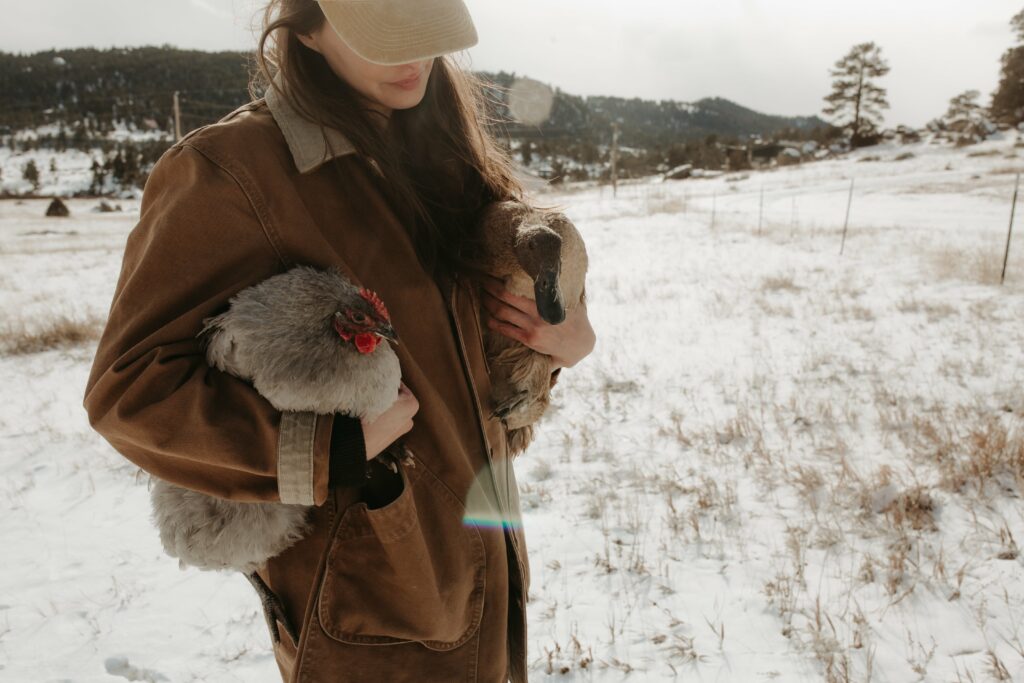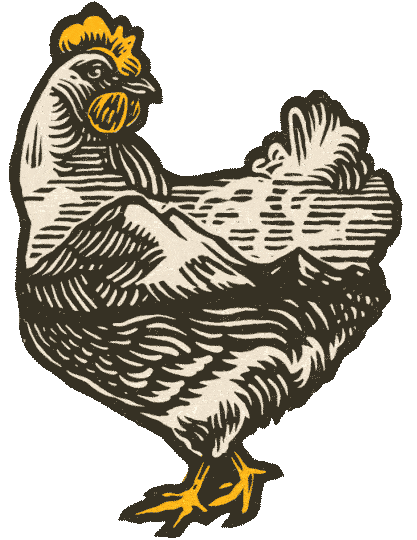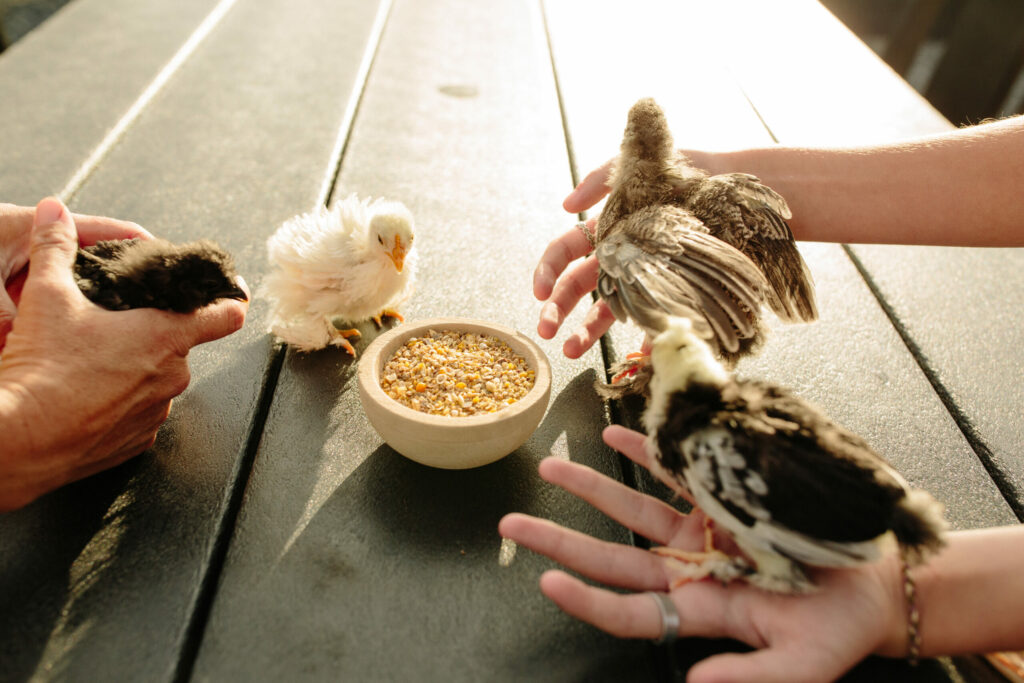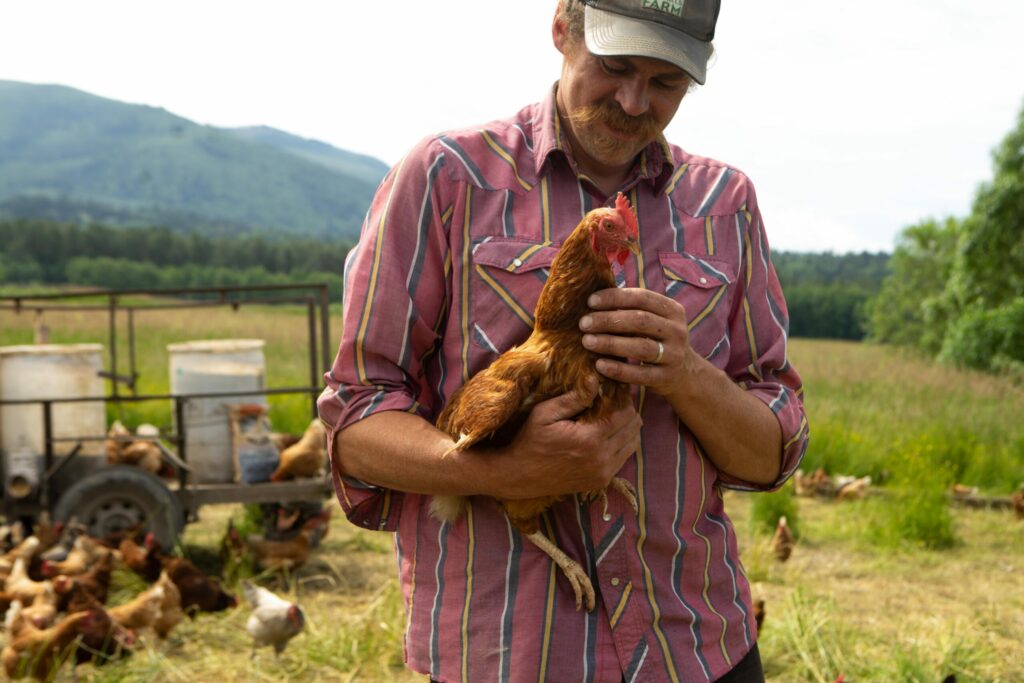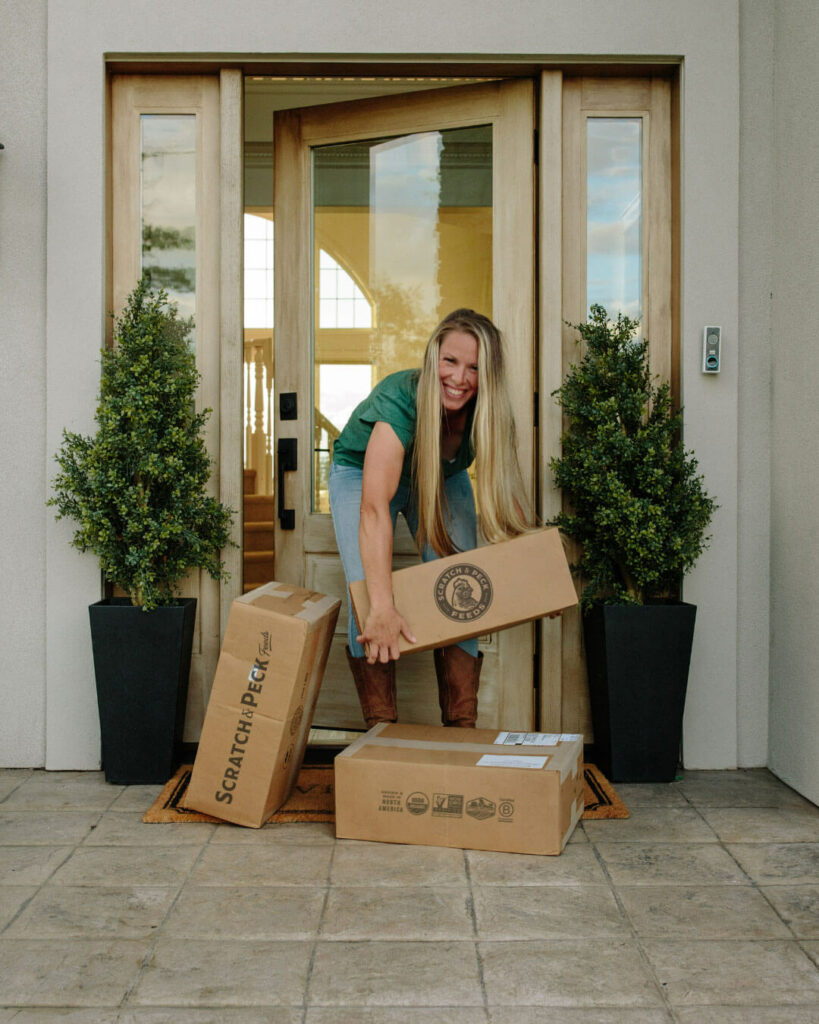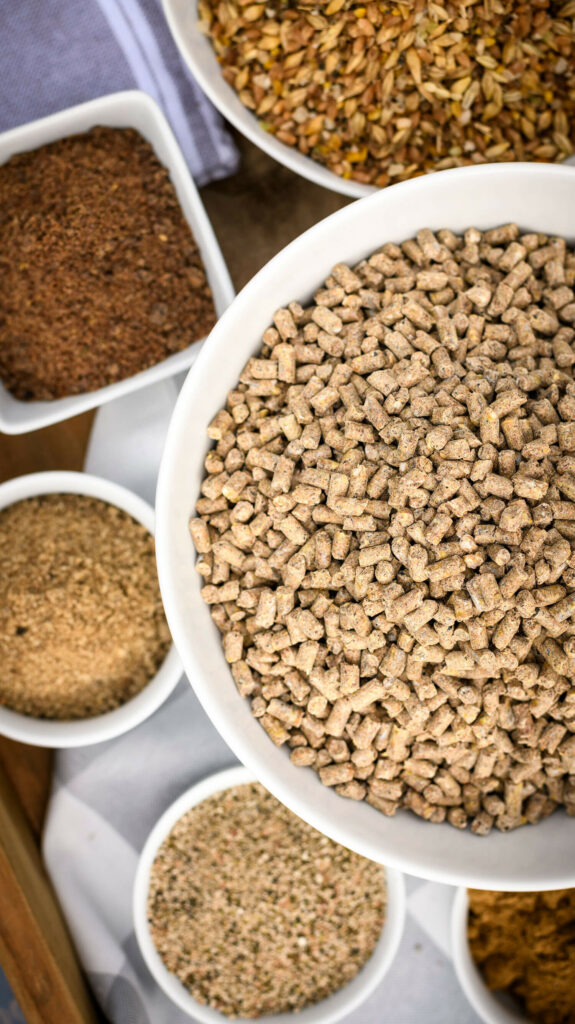The nights are getting longer, the fire is crackling, and it’s time to snuggle up with your favorite book. But wait! Your backyard chickens are out in the freezing snow! Are they warm enough in their coop? Do they have everything they need? Rest easy knowing there are ways to winterize your coop and keep your flock cozy.
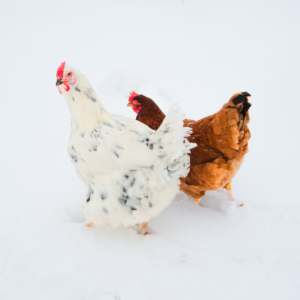
Let’s talk zones
As many of us know, where you live will most affect your efforts to winterize your coop. Southern California? This blog post does not apply to you! Midwest? Northwest? You’re in the right place.
We recommend researching what zone you live in to best determine how intense your efforts need to be in protecting your chickens. Here we will lay out the most common practices and leave it up to you to decide how much needs to happen to keep your flock happy and healthy.
Don’t put a heater in the coop
Many chicken owners use a heat source for their ladies, but the dangers can outweigh the benefits. The coop is full of flammable material, making it a fire hazard. There’s also the concern of temperatures being too drastically different from inside the coop to outside, putting undue stress on your chicken’s body while trying to regulate. In addition, if you lose power, your chickens will need more time to acclimate to the outdoor temperature. Luckily, Mother Nature has equipped your hens with feathers and prepared them for chilly temps. While roosting, chickens will huddle together to keep each other warm.
“Orb” mode activated
It’s important to note that all that fluff is for more than just fluffy butt Friday. Those layers of feathers on your chickens help trap air and warm their body heat. A chicken’s average body temperature is between 105-107 degrees. Us humans? Usually around 98.6 degrees. Think of it like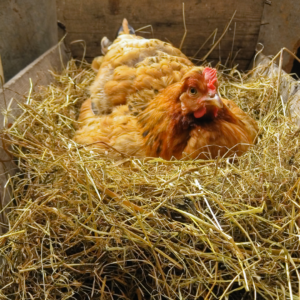 wearing a puffy coat in colder weather. Most chickens are well-equipped for colder months and will instinctually perform behaviors to keep them warmer.
wearing a puffy coat in colder weather. Most chickens are well-equipped for colder months and will instinctually perform behaviors to keep them warmer.
You can also consider getting chickens that are cold-hardy. Combs, wattles, and even toes can be susceptible to frostbite in severe climate areas. Chickens with smaller combs or pea combs are less likely to experience frostbite. Click here for a list of cold hardy chickens for reference.
We love corny jokes, but there’s no yolking around happening here!
Try supplementing your chicken’s diet with a feed or scratch that contains organic, non-GMO corn. Corn is an excellent source of energy to help them stay warm.
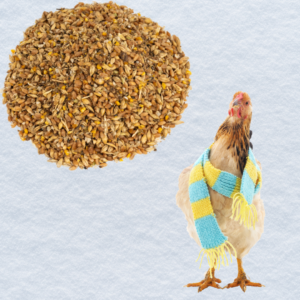 Is it drafty in here, or is it just me?
Is it drafty in here, or is it just me?
Your chicken coop may have windows or vents that can open or close. Having a good cross breeze helps reduce ammonia (from their poop) and reduces any moisture build-up.
A chilly draft can also reduce the temperature in your coop. Try closing vents midway at night to allow airflow, but keep the temperature higher inside. It’s best if vents are above the chicken’s heads to allow airflow, but don’t blow directly on them.
Make sure to check for holes or cracks to prevent heat from escaping. One way to inspect for cracks is to wait until dusk and set up a light for a few minutes inside the coop to observe where light can seep through.
Is this a manger or a coop?
Insulation is critical to combat cold weather. Straw is an excellent insulator in coops. Adding a thick layer of straw can work as a cold barrier. However, straw can mold when damp; check and replace as needed. Plus, who hasn’t thought about how nice and cozy it would be to nap in straw? While layering straw, consider the deep litter method a great way to keep your coop warm and clean.
Why do the chickens have so many henovations but our house doesn’t?
It may not look pretty, but clear plastic strips over the entrance are a great way to block the wind. Plastic strips are available at most hardware stores and are relatively inexpensive. It’s as simple as rolling out the plastic tarp and securing it to the exterior of your run with staples, zip ties, or screws.
Adding some drapes or plastic vinyl flaps to their coop opening can assist in keeping the frigid out. By overlapping small strips, it’s easier for the hens to walk through it, allowing them to see what’s on the other side. Please note that this is not a replacement for a coop door but an addition seated outside. Having a coop door that can be closed and opened for predator protection is still pertinent.
Add some hen-tertainment to the run.
Like humans, hens can get a little stir-crazy when it’s chilly outside. So add some enrichment to the run to help bored minds stay out of trouble. Cabbage on a string or grapes popped into a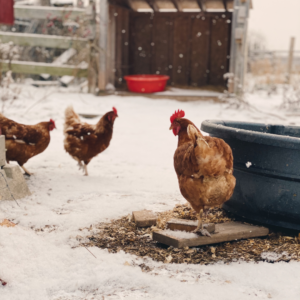 metal spiral will brighten their day. Although flightless, chickens still prefer different levels to perch upon. Consider adding branches at varying heights or a chicken swing for them to visit.
metal spiral will brighten their day. Although flightless, chickens still prefer different levels to perch upon. Consider adding branches at varying heights or a chicken swing for them to visit.
Last but not least, scatter treats. Keep your flock entertained and provide opportunities to use their instinct to scratch and peck at the ground. Try scattering grubs, scratch, or kitchen scraps for them to forage.
Now that your hens are snug in their coop snoring away, we hope you enjoy the winter and take the time to pause and relish the season.
